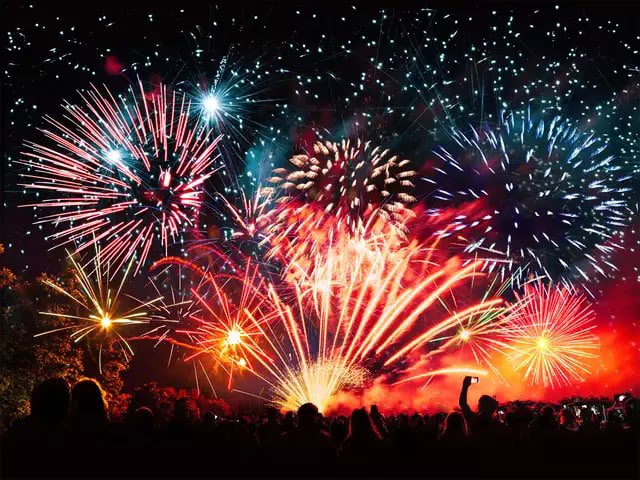The blood jewelry
This is a thread about the Jewels worn by Queen Elizabeth II. They include the crown Jewels.
The queen owned 23,000 jewels of which more than 19,000 originate from India.
Thread
This is a thread about the Jewels worn by Queen Elizabeth II. They include the crown Jewels.
The queen owned 23,000 jewels of which more than 19,000 originate from India.
Thread

Some context before we explore: The English royalty has world's greatest collection of Royal Jewelry.
Their clothes, costumes, ceremonial & coronational objects are adorned with a rich set of Jewels. The English Kings and Queens had a great fascination for Diamonds in particular
Their clothes, costumes, ceremonial & coronational objects are adorned with a rich set of Jewels. The English Kings and Queens had a great fascination for Diamonds in particular

However, there was a problem. Diamonds were not naturally available in England.
Until 1725, all of world's diamonds came only from one country: India.
India was the only natural home of diamonds. India's proverbial riches were famed and desired throughout the world
Until 1725, all of world's diamonds came only from one country: India.
India was the only natural home of diamonds. India's proverbial riches were famed and desired throughout the world

The Indian diamonds were coveted by the British Royals and their merchants
These riches were one of the primary Inducements for the establishment of East India Company. After the conquest and colonisation of India, the diamonds & gems increased multifold in the royal collection.
These riches were one of the primary Inducements for the establishment of East India Company. After the conquest and colonisation of India, the diamonds & gems increased multifold in the royal collection.

The Kohinoor is the most expensive diamond in the world. The diamond originally belonged to a Hindu temple.
An object of British loot, It was forcibly seized from an 11 year old child Duleep Singh in a treaty after defeating him in war
The diamond adorns the English crown today
An object of British loot, It was forcibly seized from an 11 year old child Duleep Singh in a treaty after defeating him in war
The diamond adorns the English crown today

The Delhi Durbar Tiara was designed in 1911 for Queen Mary for a massive celebration held in Delhi to mark the coronation of her husband King George V. It hosts precious Indian & African diamonds acquired through colonialism
It is now worn by Queen Elizabeth II's daughter in law
It is now worn by Queen Elizabeth II's daughter in law

The sovereign's orb has been used during coronation ceremony of every English Monarch since 1661
After British victory in Battle Of Plassey(1757) & from the Indian riches acquired, it was adorned with diamonds
Today, it is set of pearls, emeralds, 365 diamonds and one Amethyst.
After British victory in Battle Of Plassey(1757) & from the Indian riches acquired, it was adorned with diamonds
Today, it is set of pearls, emeralds, 365 diamonds and one Amethyst.

1947. The British put Nizam and his personal possessions under tremendous political pressure and danger.
To curry favor with them, he "gifted" a 300 diamond studded necklace to Queen Elizabeth II. Most of these precious diamonds came from Kollur mine of Andhra Pradesh.
To curry favor with them, he "gifted" a 300 diamond studded necklace to Queen Elizabeth II. Most of these precious diamonds came from Kollur mine of Andhra Pradesh.

"Gifts" were often a means of colonialist loot induced by exerting tremendous political and military pressure.
The Nizam of Hyderabad also "gifted" Queen Elizabeth (then princess) a tiara studded with expensive diamonds. He was under tremendous political and military pressure.
The Nizam of Hyderabad also "gifted" Queen Elizabeth (then princess) a tiara studded with expensive diamonds. He was under tremendous political and military pressure.

The British conquest of Bengal was soon followed by Bengal famine of 1770.
This famine kiIIed an estimated 10 million people( almost 1/3rd of the population of presidency).
During the same time, around 1200 diamonds and gems were added to the Royal Jewelry.
This famine kiIIed an estimated 10 million people( almost 1/3rd of the population of presidency).
During the same time, around 1200 diamonds and gems were added to the Royal Jewelry.

In 1876, Southern India was hit by a huge famine. According to Digby, over 10.3 million people were killed. Just when famine occurred, Lord Lytton shipped to England 6.4 million tons of Wheat from India.
Just then, the Queen Victoria gave herself the title "empress of India"
Just then, the Queen Victoria gave herself the title "empress of India"

Even as India was suffering from deadly famine of 1876, the royal family continued to acquire diamonds
In the famine year, Queen Victoria presented to her granddaughter a diamond pendant called the English Rose. This was one of world's most expensive diamond pendants of its time
In the famine year, Queen Victoria presented to her granddaughter a diamond pendant called the English Rose. This was one of world's most expensive diamond pendants of its time

Picture: Famine stricken people of India. 1876-78. Bangalore.
Even as millions of Indians were dying for want of food, the British viceroy continued shipping food products from India to England The Royal family continued acquiring diamonds. This was the reality of British rule
Even as millions of Indians were dying for want of food, the British viceroy continued shipping food products from India to England The Royal family continued acquiring diamonds. This was the reality of British rule

• • •
Missing some Tweet in this thread? You can try to
force a refresh
















